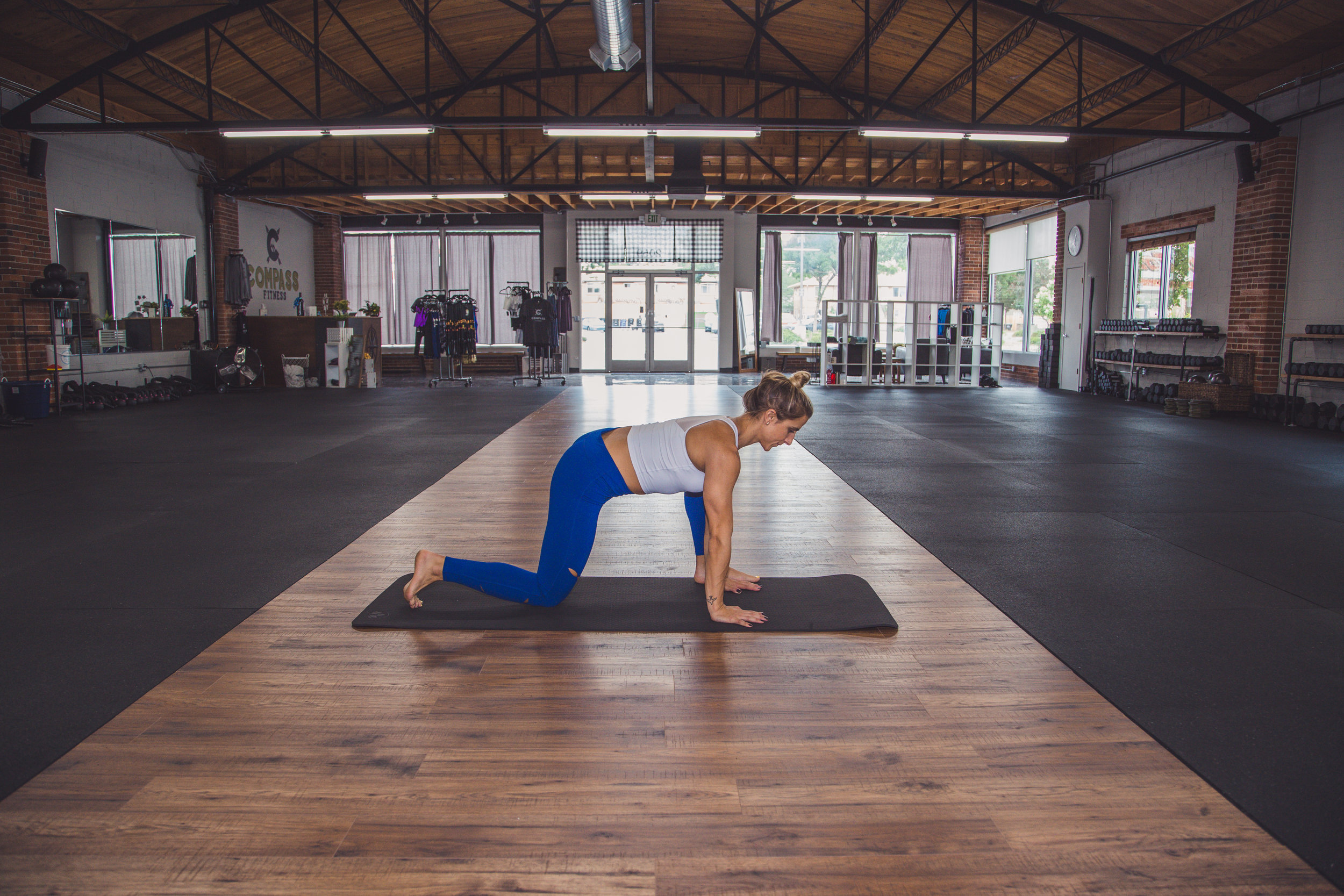Add Mobility to Your Workout Routine
A couple of years ago, I added mobility into my weekly workout routine, and I will never look back. It has kept my injuries minimal, get stronger, build more muscle, and has helped me with my range of motion in exercises I always had difficulty with. I not only use mobility movements in my workouts, but also in my daily life so that I can completely control my body at all times. In fact, the other day, I fell off of a bench but I swear from all the mobility training I have been doing, I was able to catch myself in a way that I didn’t get hurt.
What is mobility?
It is quite simply, the ability to move or be moved freely and easily. It is the range of motion of the muscle. Mobility is one of the keys to longevity in training, keeps you injury free, maximize your body’s potential, and has many health benefits. Mobility is an awesome compliment to strength and HIIT training. It is possible to have strength in your muscles in just small range of motions. That's why strength alone isn't enough: you need to train the entire range of motion to build mobility.
I see people get injured and feel pain all the time. Unfortunately, a lot of people may even think that chronic injuries and pain are all apart of working out. And I’m no doctor, but I do study this work and know that it can absolutely help fix some of your problems with correct mobility work.
OK, so how do I add it into my workout program?
Well, I have really good news — it is in the TL Method (coming soon!) But here are a couple ways you can add mobility in your life while you wait.
Mobility Drills: I have a bunch on my IG page, plus I have a full mobility day every week of the TL Method. A couple you can try on your own, are the Overhead Squat, hands or elbows on bench and let your chest drop down, and quadruped bird dogs.
SMR (Self Myofascial Release): Things like foam rolling or using a tennis ball (or lacrosse ball) to help release some tightness in the muscles.
If mobility is completely new to you, I suggest you start by really exploring the movement. Your body needs to feel what you’re asking it to do before you start trying to hone your technique.
Your major joint complexes are your spine, hips, shoulders, knees, and ankles. Your spine has to be tall and your pelvis has to be neutral— think about turning your pelvis under. Try to envision your chest forward without flaring your ribs and all of your joints should stake on top of each other. Your head over your shoulders, your shoulders over your ribs, ribs over your pelvis, knees over ankles over your feet. Structural alignment is not only for every exercise you perform, but even in your daily life.
I just got certified in Durability training from the Onnit Academy in Austin, TX and learned a lot about this work through them. If you are interested in learning more specifically about this kind of training, visit Onnit Academy.





